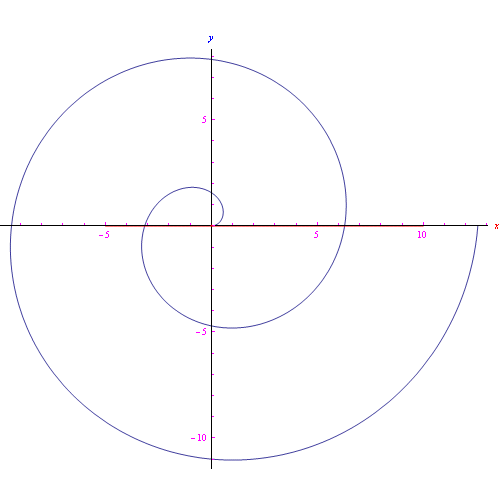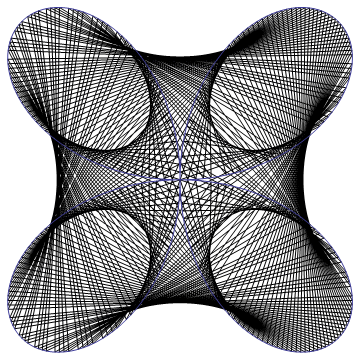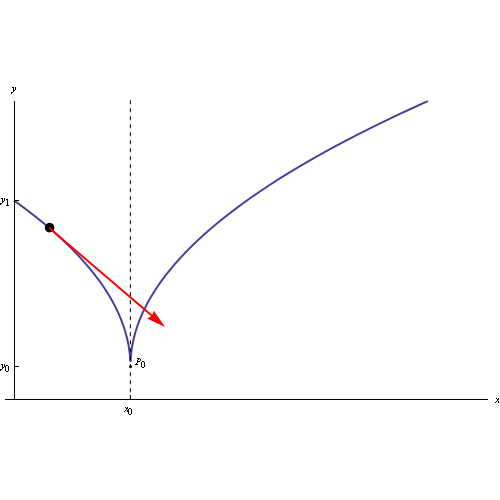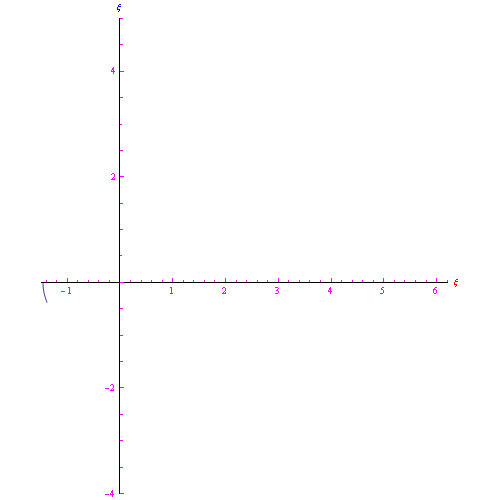Il tempo di Planck e gli effetti quanto-gravitazionali
domenica, Luglio 18th, 2021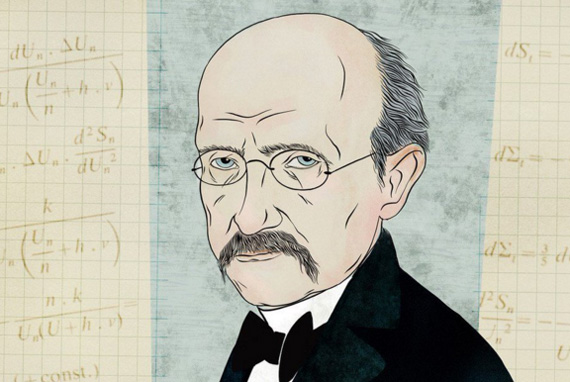
Let M be a differentiable manifold with metric gµν such that:

The metric fluctuations due to quantum effects at the spatial scale Δl and at the time scale Δt are

so they are negligible for

What are tP and lP? The first quantity is a characteristic time (Planck time), while lP=ctP is the Planck length , i.e. the distance traveled by light in time tP which in cosmology defines the cosmological horizon at Planck's time. We write the time-energy uncertainty relation in the form:

mP being the Planck mass, i.e. the mass of the universe at time tP:

mP being the Planck mass, i.e. the mass of the universe at time tP:

It follows

The Planck length

As far as seen, for stairs

quantum-gravitational effects are no longer negligible. There are other characteristic quantities which make it possible to establish a criterion concerning the possibility of neglecting the aforementioned effects. We define Compton time of a particle of mass m, the time interval within which energy conservation violations of the order of mc² are possible:

The Compton length is the distance traveled by the light in tC
These definitions extend to an extended body C of mass m, redefining the latter in Compton radius of C. Again for an extended body, we define the Schwarzschild radius:

which is the «radius» that C must have in order for

being

the gravitational energy of C. The quantum effects in the gravitational interaction between the various parts of C are negligible if tC < tS, where the latter is the Schwarzschild time:

that is, the time it takes for light to pass through the SS. It is easily obtained

Sia M una varietà differenziabile con metrica gµν tale che:

Le fluttuazioni della metrica dovute ad effetti quantistici a scala spaziale Δl e a scala temporale Δt sono:

per cui sono trascurabili per

Cosa sono tP e lP? La prima grandezza è un tempo caratteristico (tempo di Planck), mentre lP=ctP è la lunghezza di Planck, ovvero la distanza percorsa dalla luce nel tempo tP che in cosmologia definisce l'orizzonte cosmologico al tempo di Planck. Scriviamo la relazione di indeterminazione tempo-energia nella forma:

essendo mP la massa di Planck, i.e.la massa dell'universo al tempo tP:


Segue

(altro…)

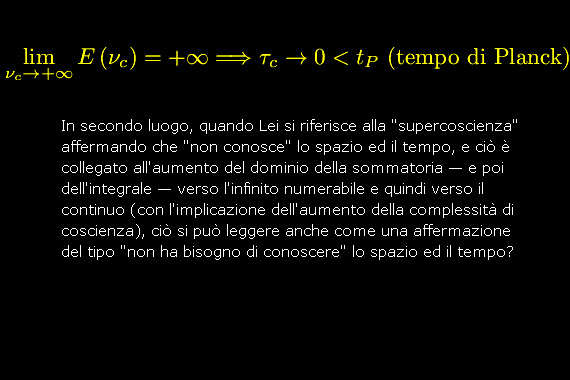


 Congettura di Riemann
Congettura di Riemann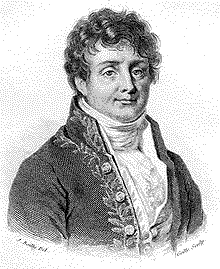 Trasformata discreta di Fourier
Trasformata discreta di Fourier
 Trasformata di Fourier nel senso delle distribuzioni
Trasformata di Fourier nel senso delle distribuzioni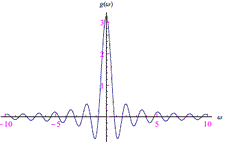 Trasformata di Fourier
Trasformata di Fourier  Infinitesimi ed infiniti
Infinitesimi ed infiniti Limiti notevoli
Limiti notevoli Punti di discontinuità
Punti di discontinuità Misura di Peano Jordan
Misura di Peano Jordan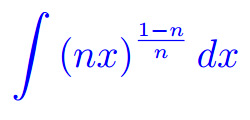 Eserciziario sugli integrali
Eserciziario sugli integrali Differenziabilità
Differenziabilità  Differenziabilità (2)
Differenziabilità (2) Esercizi sui limiti
Esercizi sui limiti Appunti sulle derivate
Appunti sulle derivate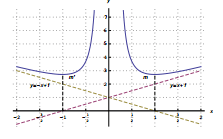 Studio della funzione
Studio della funzione Esercizi sugli integrali indefiniti
Esercizi sugli integrali indefiniti Algebra lineare
Algebra lineare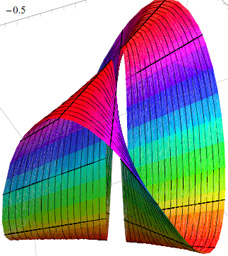 Analisi Matematica 2
Analisi Matematica 2 Analisi funzionale
Analisi funzionale Entanglement quantistico
Entanglement quantistico Spazio complesso
Spazio complesso Biliardo di Novikov
Biliardo di Novikov Intro alla Meccanica quantistica
Intro alla Meccanica quantistica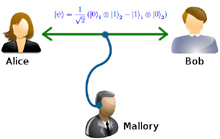 Entanglement Quantistico
Entanglement Quantistico